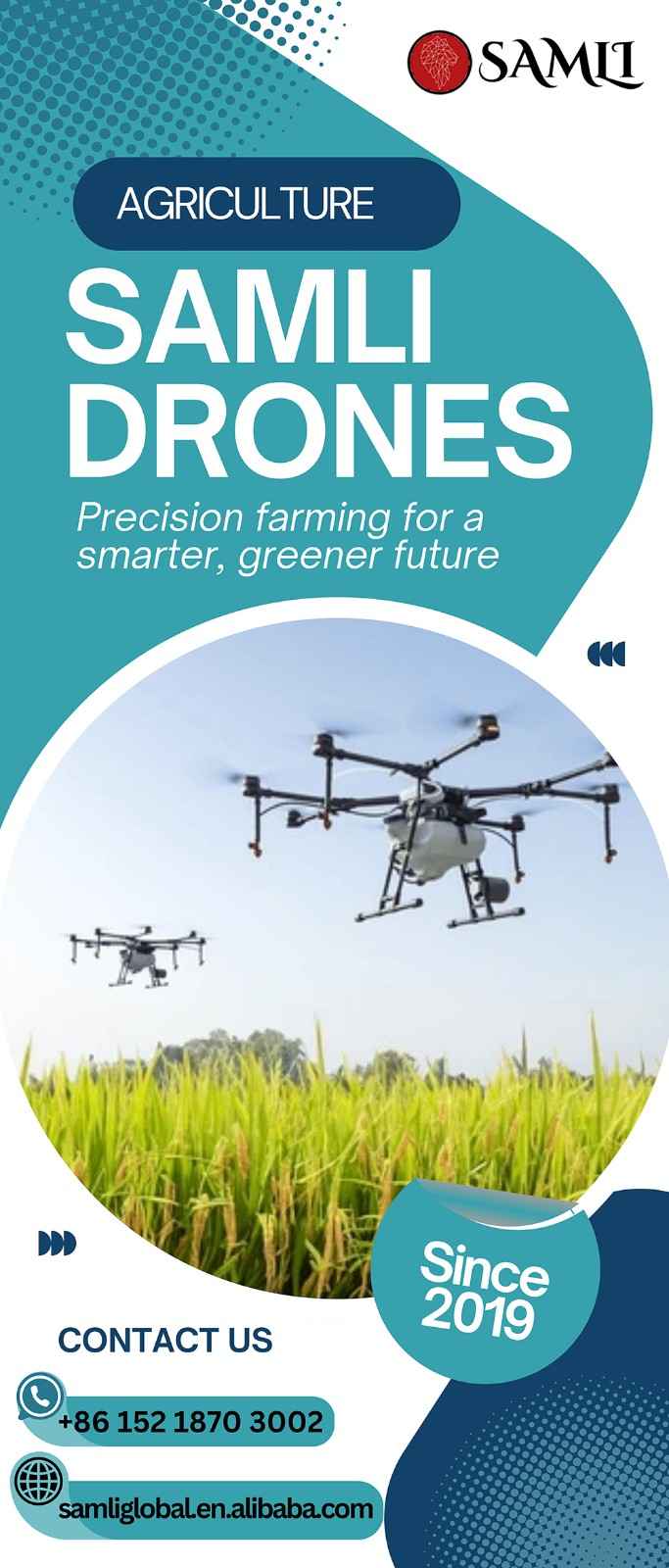Businesses are facing increasing pressure to operate faster, smarter, and more efficiently. Traditional processes can no longer keep up with the demands of modern markets. Companies need systems that not only perform tasks but also provide insights, reduce errors, and adapt to changing conditions. Technology is becoming the backbone of business operations, connecting different departments and processes seamlessly. One solution that is driving this transformation is integrated automation solutions for digital transformation, which link machines, software, and workflows into a unified system. These systems enable businesses to simplify workflows, boost efficiency, and stay ahead in an ever-changing digital environment.
Understanding Integrated Automation
Integrated automation combines hardware, software, and control systems into a single, coordinated framework. It links production equipment, sensors, and business software, allowing data to flow seamlessly across operations. This integration reduces manual intervention, enhances precision, and provides real-time visibility into processes.
The goal is not just automation but creating an intelligent system that can adapt to changes and optimize itself over time. For example, a manufacturing plant can use integrated automation to synchronize robotic arms, conveyor belts, and quality inspection systems for smoother operations.
Key Benefits of Integrated Automation
Integrated automation delivers multiple advantages, like:
1. Improved Operational Efficiency
Integrated automation reduces repetitive tasks and human errors. Machines can operate continuously without fatigue, increasing production capacity. Workflow optimization ensures that every part of the process is coordinated, reducing downtime and bottlenecks.
2. Enhanced Data Insights
Businesses gain access to real-time data across operations. Monitoring performance, production metrics, and system health helps managers identify trends and inefficiencies. With better data insights, organizations can make informed decisions faster.
3. Cost Reduction
While the initial investment in integrated automation may be significant, long-term savings are substantial. Lower labor costs, reduced errors, and optimized energy consumption contribute to efficiency. Predictive maintenance is another advantage, allowing machines to be serviced before breakdowns occur and avoiding costly production delays.
4. Consistent Quality
Quality control is a major benefit of integrated automation. Sensors and monitoring systems detect defects instantly. Any deviation triggers corrective actions automatically. This reduces waste, maintains product consistency, and improves customer satisfaction.
Applications Across Industries
Integrated automation finds applications across multiple industries, improving efficiency, accuracy, and overall operational performance.
1. Manufacturing
In manufacturing, integrated automation links robots, assembly lines, and inspection systems. This coordination ensures smooth operations, faster production cycles, and reduced human error. Collaborative robots, or cobots, can perform delicate tasks while interacting safely with human workers.
2. Supply Chain Management
Automation is not limited to production floors. Integrated systems track materials, inventory, and shipments. Businesses gain visibility across the supply chain, improving inventory accuracy and reducing delays. This makes supply chains more responsive and resilient.
3. Process Control
Industries such as pharmaceuticals, chemicals, and food processing rely on precise conditions. Integrated automation ensures variables like temperature, pressure, and flow remain consistent. This enhances product quality and reduces operational risks.
Challenges to Implementation
Implementing integrated automation is not without challenges. Systems require careful planning and technical expertise. Legacy equipment may need upgrades to integrate smoothly. Staff training is essential to operate and maintain the systems effectively.
Cybersecurity is another concern. Connected systems are vulnerable to attacks if not properly protected. Businesses must implement robust security measures to safeguard sensitive data and maintain operational continuity.
Driving Digital Transformation
Integrated automation is a cornerstone of digital transformation. It enables organizations to operate efficiently, make data-driven decisions, and scale operations effectively. By connecting technology across the enterprise, businesses can react quickly to market changes, reduce costs, and maintain high standards.
The technology also supports innovation. With automated systems handling routine tasks, employees can focus on strategic initiatives. This combination of efficiency and innovation drives long-term competitiveness.
The Future of Integrated Automation
As digital transformation evolves, integrated automation will become even smarter. Advances in artificial intelligence, machine learning, and the Internet of Things (IoT) are enhancing system capabilities. Future systems will not only monitor and control operations but also predict outcomes and adapt automatically.
Organizations that adopt integrated automation early will gain a competitive edge. They can build flexible, responsive, and sustainable operations that meet the demands of modern business.
How Reputable Brands Enhance Integrated Automation Benefits
Integrated automation is more than a tool; it is a key enabler of digital transformation. From improving efficiency and reducing costs to providing real-time insights and consistent quality, its impact is far-reaching. By connecting machines, software, and workflows, organizations create a cohesive system that supports growth, innovation, and long-term success.
Businesses that implement integrated automation effectively, especially by partnering with reputable brands, are well-positioned to navigate the complexities of digital transformation. Collaborating with trusted technology partners ensures reliability, access to advanced solutions, and the expertise needed to thrive in an increasingly technology-driven world.



